In a landmark case brought against HMRC, the law has since been revised on NI paid on car allowance payments. Could your family business be eligible for a NI reclaim? Our partners, AAB explain more about the matter, saying:
“When it comes to NIC on car allowances- we would always advise that you don’t leave money in HMRC’s pot. HMRC have not appealed the upper tribunal judgement on their case against Laing O’Rourke Services Limited and Willmot Dixon Holdings limited, which looked at National Insurance Contributions (‘NIC’) due on car allowance payments.
WHAT DOES THIS MEAN?
Laing and Willmot brought separate cases against HMRC to argue that an element of car allowances payments are deemed Relevant Motor Expenditure and should therefore be exempt from NIC. HMRC disagreed and argued that the car allowance payments are earnings and subject to Class 1 NIC. After considering the evidence for both cases, two judges in the upper tribunal (‘UT’) have held that Class 1 NIC paid in respect of car allowance payments to employees were refundable where the employees satisfy certain criteria.
They have therefore determined that HMRC wrongly refused NI relief on the basis they deemed car allowance payments as earnings, however following on from the case, the law has been revised and NI reclaims are now possible. This decision has left HMRC potentially having to repay £2.2 million in NIC to Laing O’Rourke and has subsequently opened the floodgate for employers to make similar claims.
WHAT IS RELEVANT MOTORING EXPENDITURE?
A payment is considered Relevant Motoring Expenditure (‘RME’) where:
- It is a mileage allowance payment within the meaning of the approved mileage allowance payments. This is amounts paid to employees for expenses related to the use of a car for business travel.
- It would be such a payment for the fact that it has been paid to another for the benefit of the employee
- It is any form of payment paid to or for the benefit of, the employee in respect of the use of a qualifying vehicle by the employee.
The UT determined that this phrase should not be interpreted too narrowly. In the recent cases, both employers gave their employees a choice between a company car and a car cash allowance. Those who chose the cash allowance were required to maintain a private vehicle suitable for business use. However, there was no stipulation to specifically spend the car allowance specifically on motoring expenses. The UT agreed with the employers that this constituted RME.
Where an employee undertakes RME and is reimbursed for mileage below the approved mileage allowance payment (45p for the first 10,000 business miles and 25p per mile thereafter), the difference between the approved rate and what has been reimbursed can qualify for NIC relief.
This relief can be demonstrated as:
| Average number of business miles travelled | 10,000 |
| Company reimbursement rate (under 10,000 miles) | £0.25 |
| HMRC approved mileage allowance | £0.45 |
| Employers NI rate | 13.80% |
| Qualifying amount (difference between HMRC rate and company rate) | £0.20 |
| Total qualifying amount available for relief (business mileage * qualifying amount) | £2,000.00 |
| Employer’s NI saving | £276.00 |
In the cases where employers require multiple employees to regularly undertake business travel, this NI saving increases significantly. Taking the above example, if an employer is reimbursing 500 employees in the same manner, this could result in an NI saving of £138,000. Furthermore, employees are also entitled to primary NI relief on the amount, and what better way to increase staff morale than putting some money back in their pocket!
Retrospective claims can be made back to the 2017/18 tax year and these claims, according to HMRC can be made via an amended FPS through your payroll software, however HMRC will likely require adequate evidence to substantiate these claims. In the case of Laing O’ Rourke, they maintained annual spot checks to ensure the requirements for the company car allowance scheme were still being met.
HMRC reported via the December Employer Bulletin, historical reclaims should be submitted via Real Time Information where possible. AAB’s payroll and employment tax team sought further clarification from HMRC due to historical claims perhaps going beyond the current real time information process for amending returns. It has been confirmed that there may be three separate processes, depending upon which tax year is being amended. It was made clear however, that an amended return, where it can be submitted, must be for each individual employee affected.
HOW CAN AAB HELP?
- Review of your company car policy to determine if payments can be deemed relevant motoring expenditure
- Determine the car allowance payments eligible for NIC relief
- Review historic position to determine if historical claims can be made
- For AAB payroll clients, payroll can submit the appropriate data in real time using the criteria outline by HMRC for historical claims and support with claiming NI relief via payroll going forward. Once the car allowance payments eligible for NIC relief are determined AAB payroll will be able to ensure the correct value of employees’ and employers’ National Insurance is deducted and reported to HMRC.
If you think you may be eligible for relief or require any support please do not hesitate to get in contact with Gillian Forrest, Niamh McKenna (pictured) at AAB.







 Login
Login
